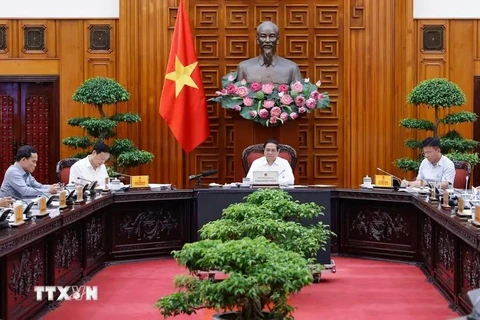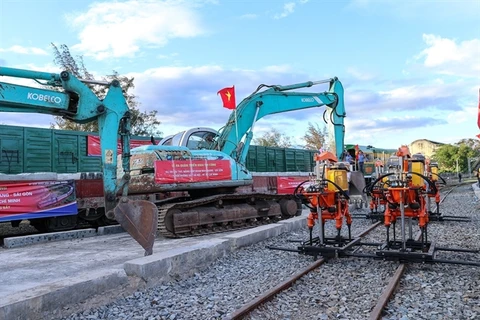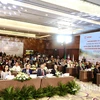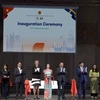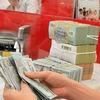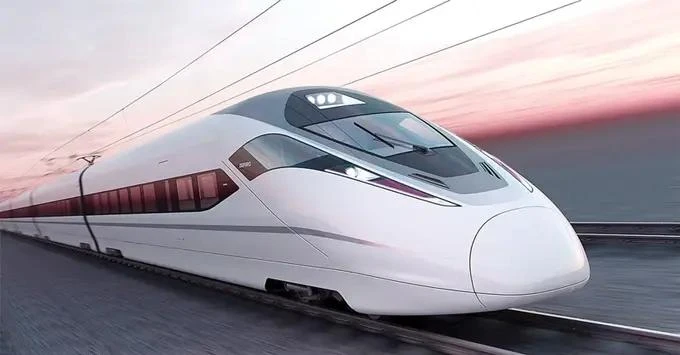
Hanoi (VNA) – After several rounds of feedback from ministries, sectors, and experts, the Ministry of Transport is finalising the proposal for the construction of the North-South high-speed railway, as the funding plan for the project has shown positive signs, Deputy Minister of Transport Nguyen Danh Huy has said.
According to the official, most opinions have agreed on the investment plan with a design speed of 350 km/h, primarily focusing on passenger trains, with the possibility of operating freight trains when necessary. The existing North-South railway route will be upgraded for freight transportation.
This scenario, with an estimated investment of 67.34 billion USD, aims to strongly develop the passenger transportation on the route.
A representative of the Railway Project Management Board under the Ministry of Transport stated that this scenario is based on thorough research and reference of international experience in accordance with the Politburo’s Conclusion No 49-KL/TW on the development orientation of Vietnam's railway transport to 2030 with a vision towards 2045, while also taking into account feedback from the State Appraisal Council.
According to a recent study by the World Bank (WB), now is the right time for Vietnam to build a high-speed railway as the per capita GDP in 2023 reached about 4,284 USD (higher than that of Japan, China, or Uzbekistan at the time when these countries began investing in high-speed railways) and is estimated to reach about 7,500 USD by 2030. Therefore, once the railway is completed and put into operation, the majority of people will be able to afford the high-speed rail service at an appropriate cost.
Deputy Director of the management board Chu Van Tuan said the project’s investment plan is expected to be submitted to the National Assembly for approval in 2024, and its construction and operation hoped to begin before 2030 and 2040, respectively, if possible.
Many countries are interested in investing in the project, including the Republic of Korea (RoK), China, and Japan, which own advantages, experience, capital, and technologies for developing high-speed railways, the ministry said.
The Vietnamese Ministry of Transport and the Ministry of Land, Infrastructure and Transport of the RoK (MOLIT) have signed a memorandum of understanding on cooperation in transportation development. Meanwhile, Vietnam can cooperate with China through support mechanisms such as ODA loans and export credits.
Recently, the Asian Infrastructure Investment Bank (AIIB) has announced that it will allocate 5 billion USD in concessional loans for Vietnam to develop railway infrastructure, including the North-South high-speed railway. Japanese companies are also asking for detailed information and documents of this project.
Huy said it is proposed that the project be funded by public investment to ensure synchronisation between infrastructure and rolling stock, allowing for immediate operation in the initial phase and avoiding the risk of not attracting private investment for rolling stock. Specifically, the project will use state budget funds (including the central and local budgets, government bonds, and concessional ODA loans).
As such, there are any positive signs for the project's implementation, however, its effectiveness still needs to be thoroughly reviewed and assessed by the Ministry of Transport and relevant ministries before proceeding, Huy went on./.
